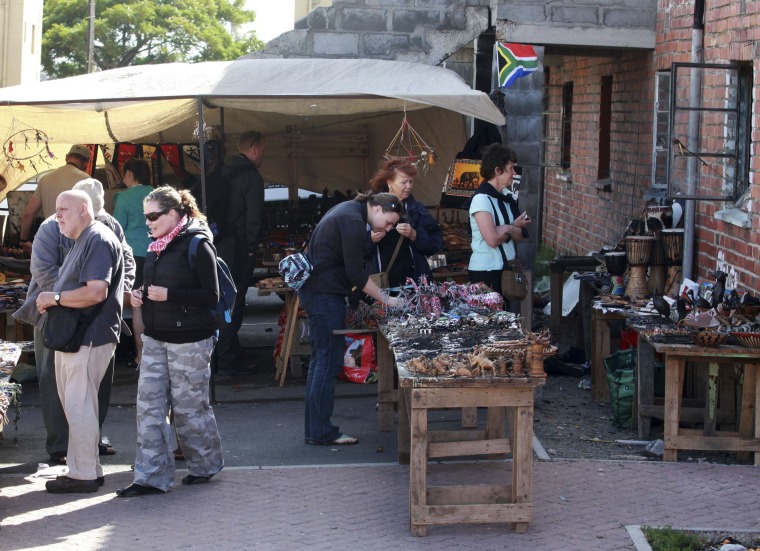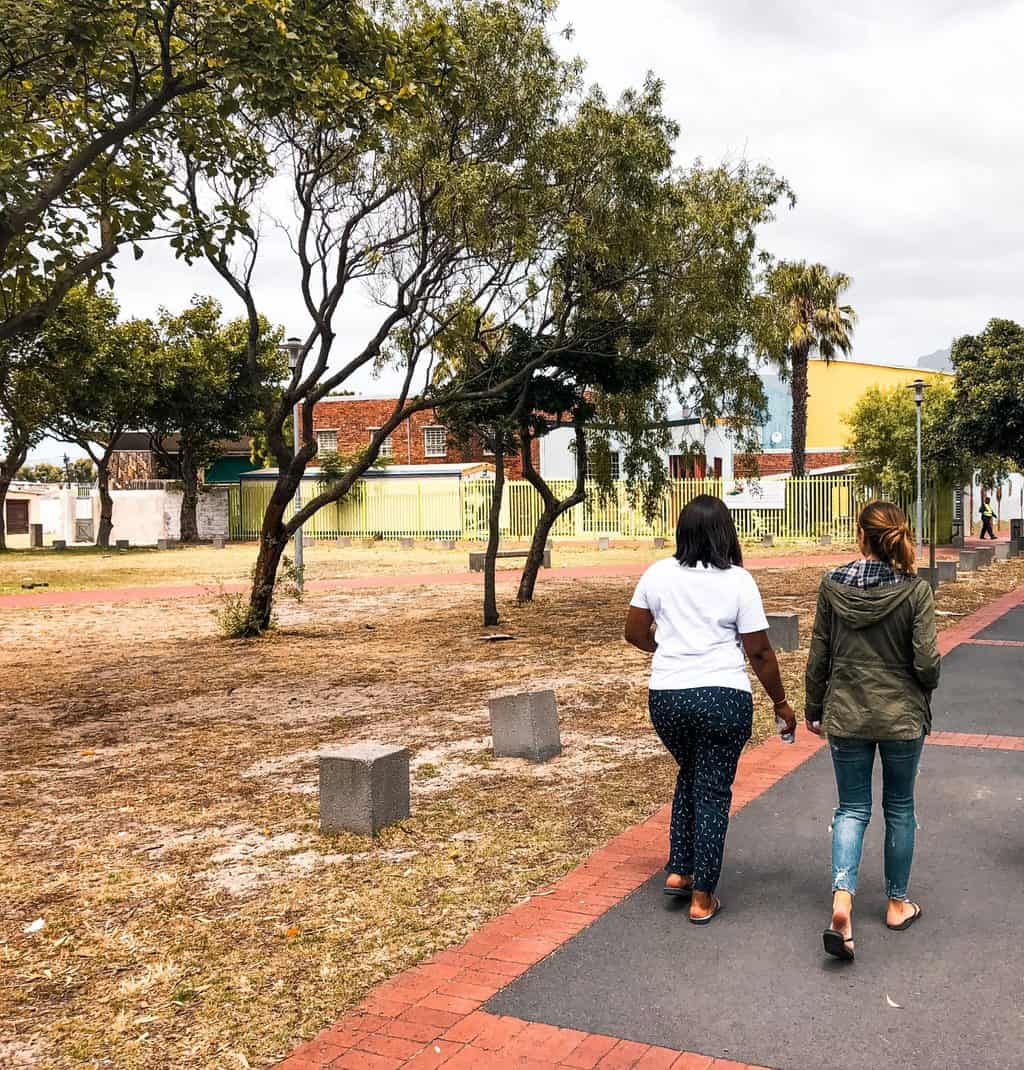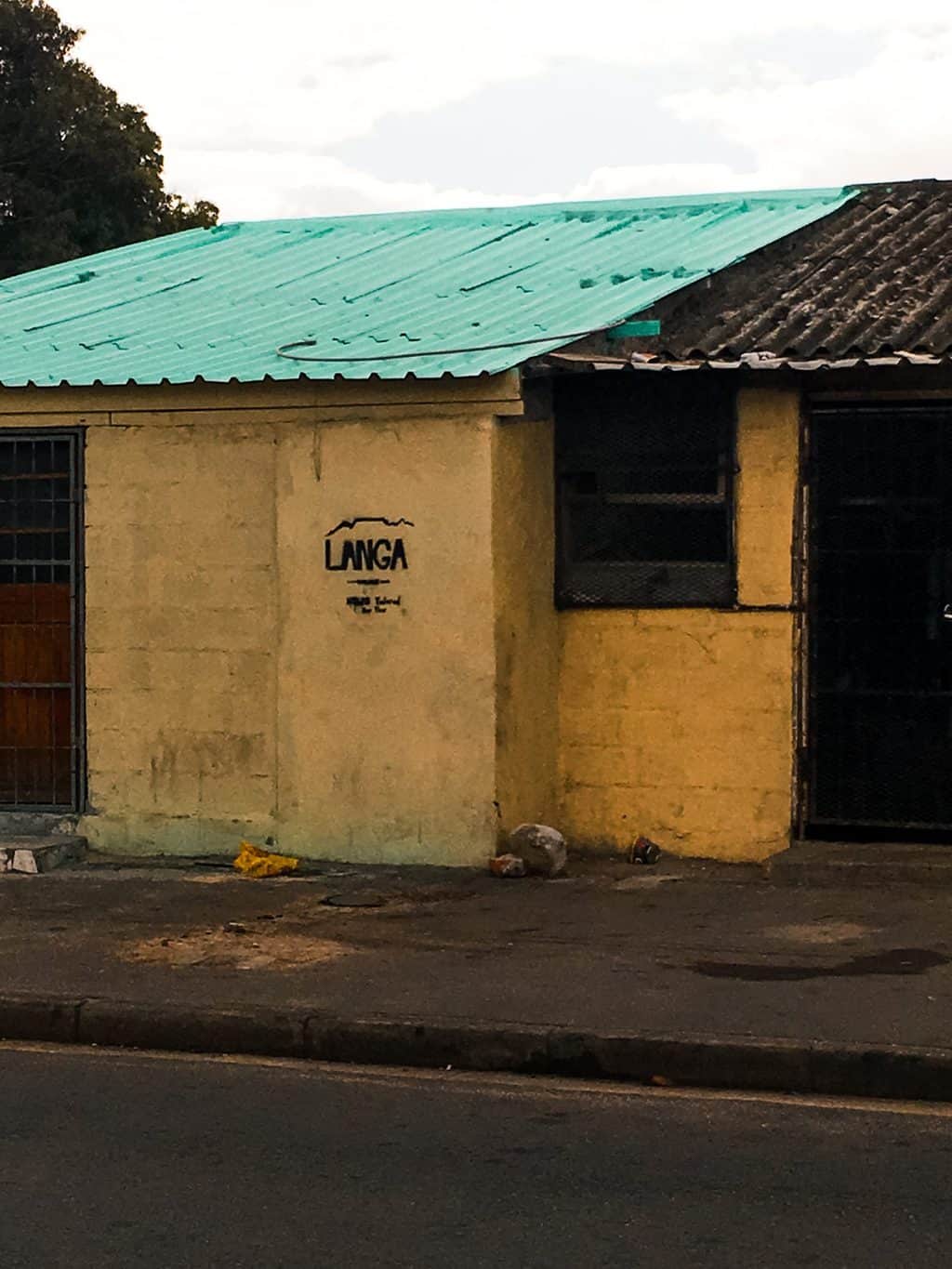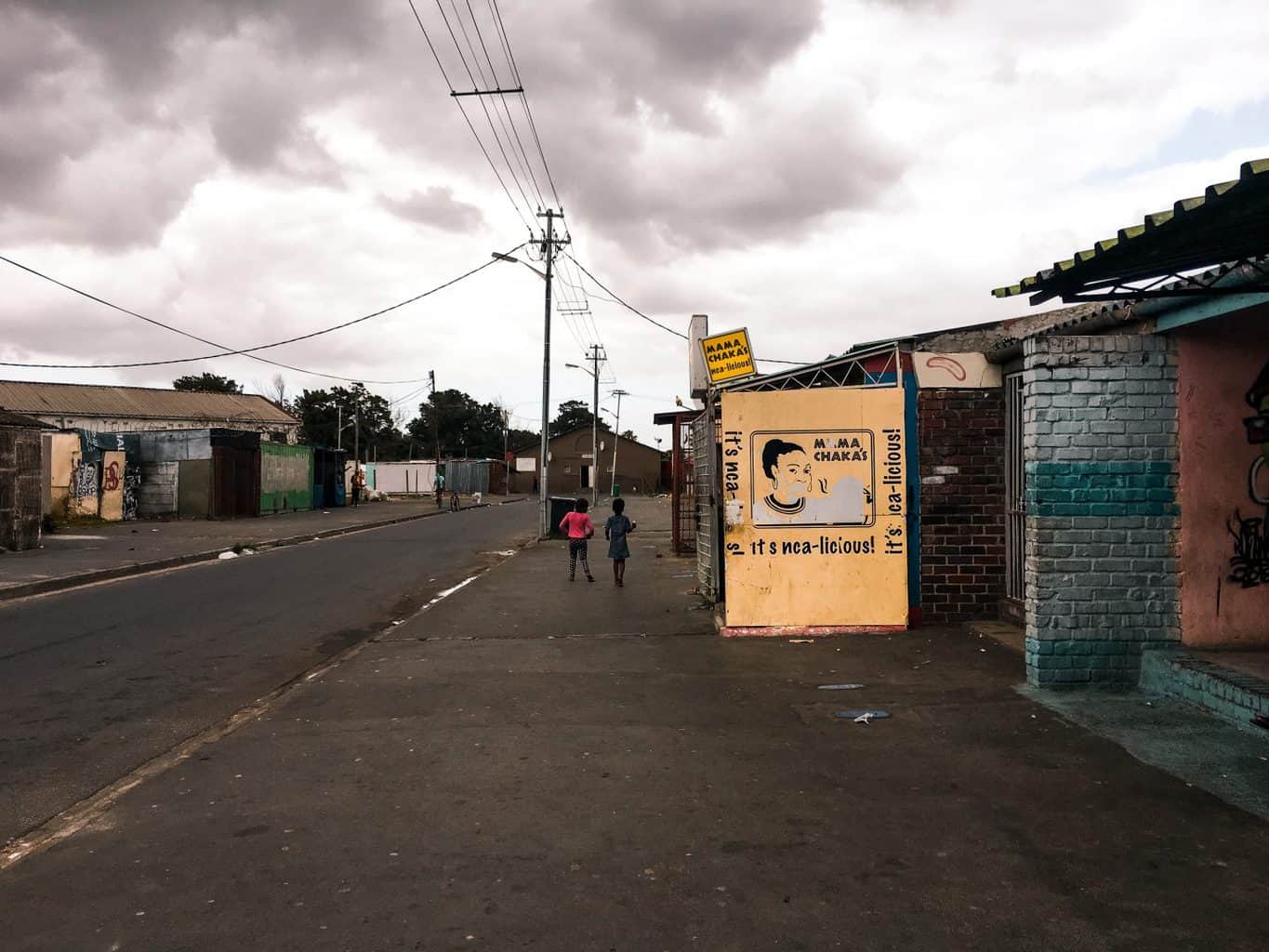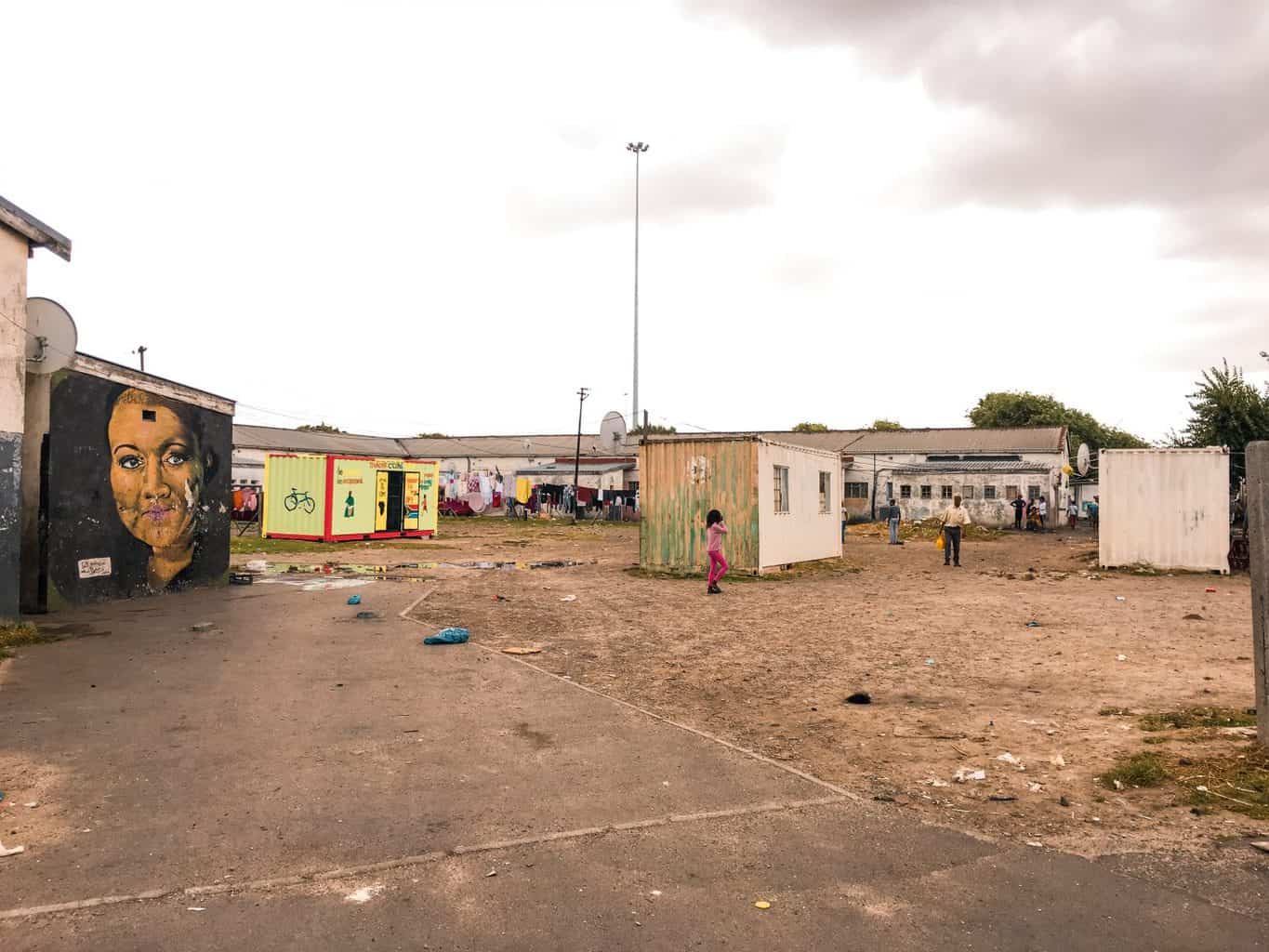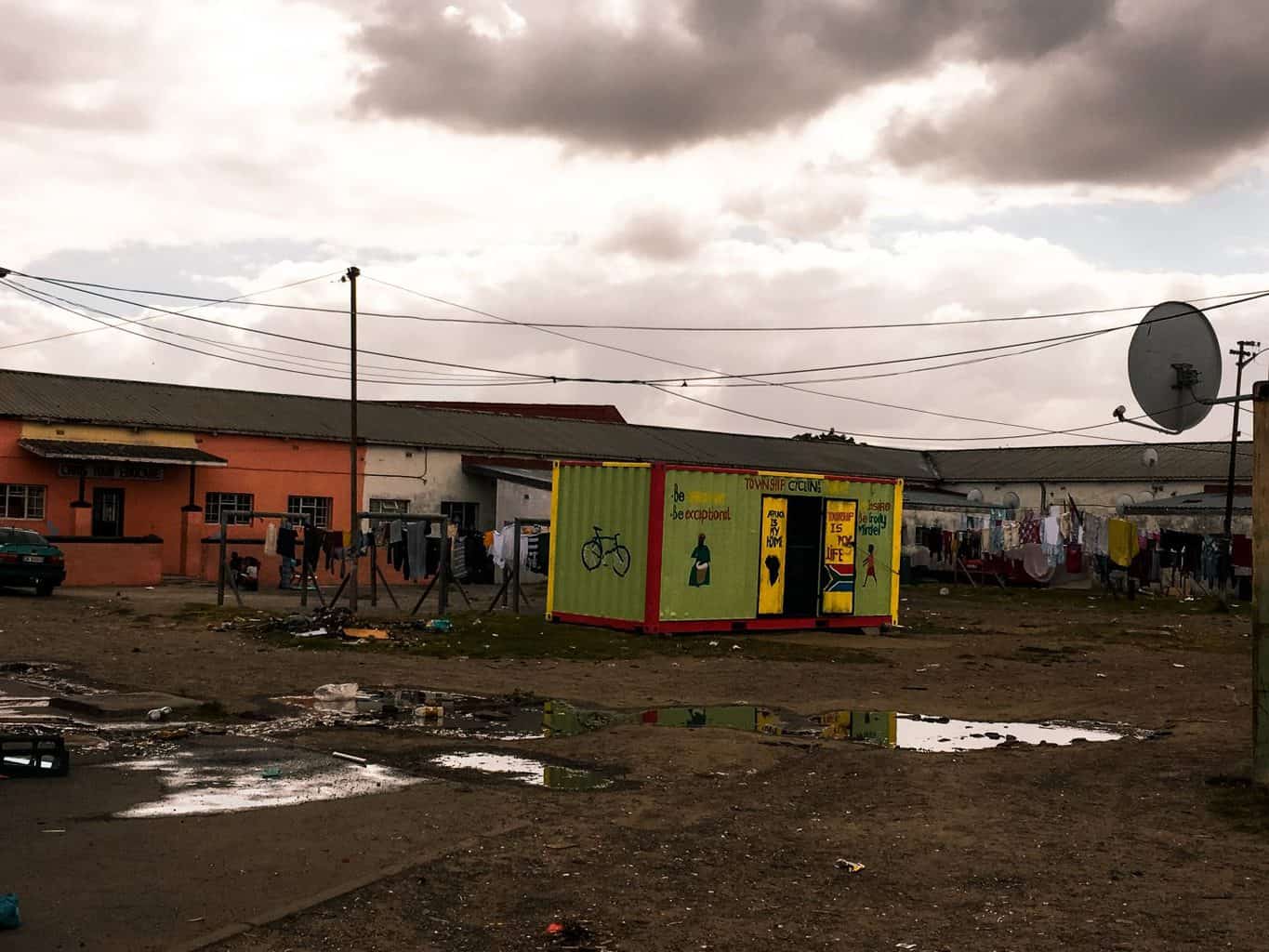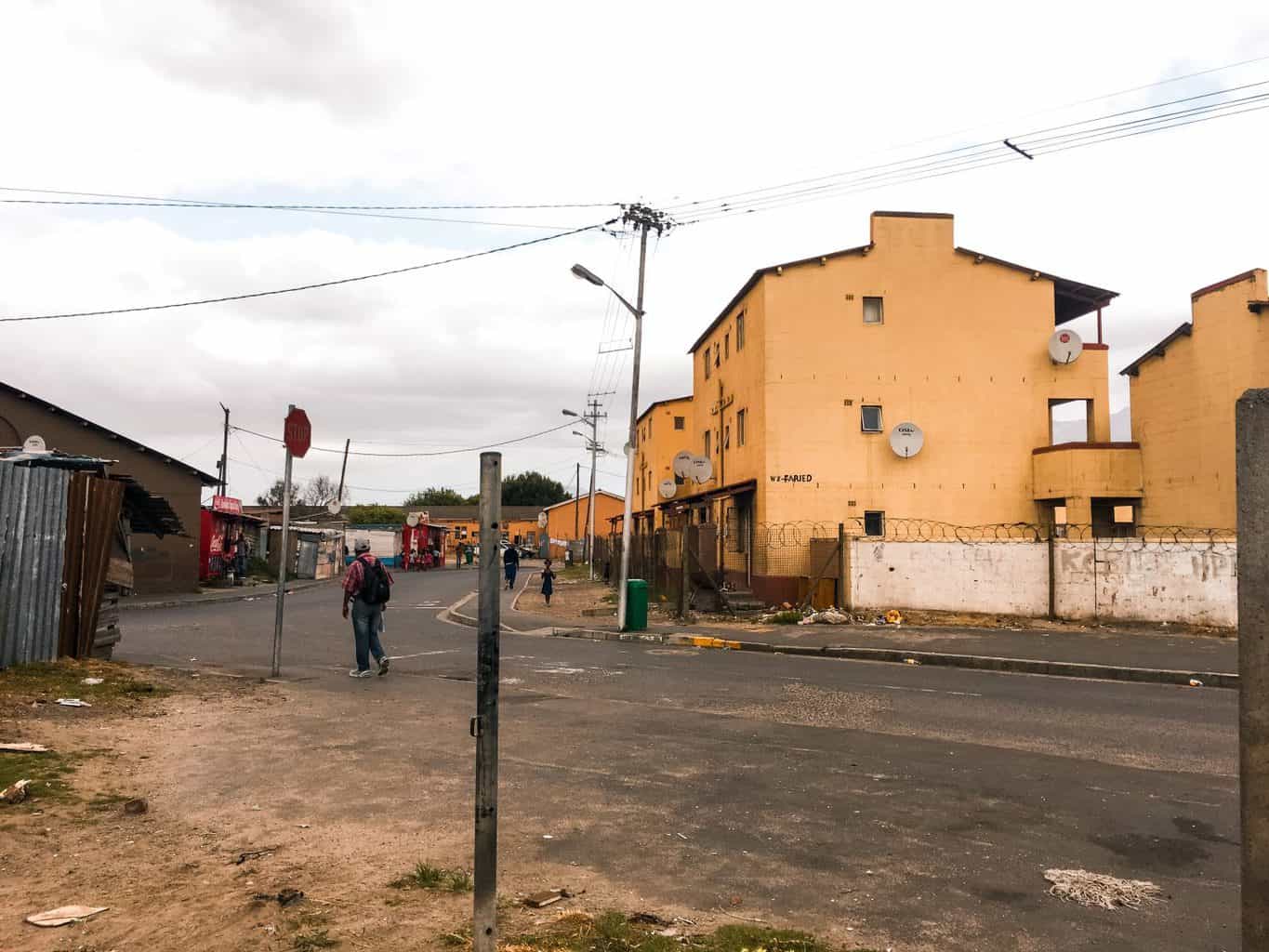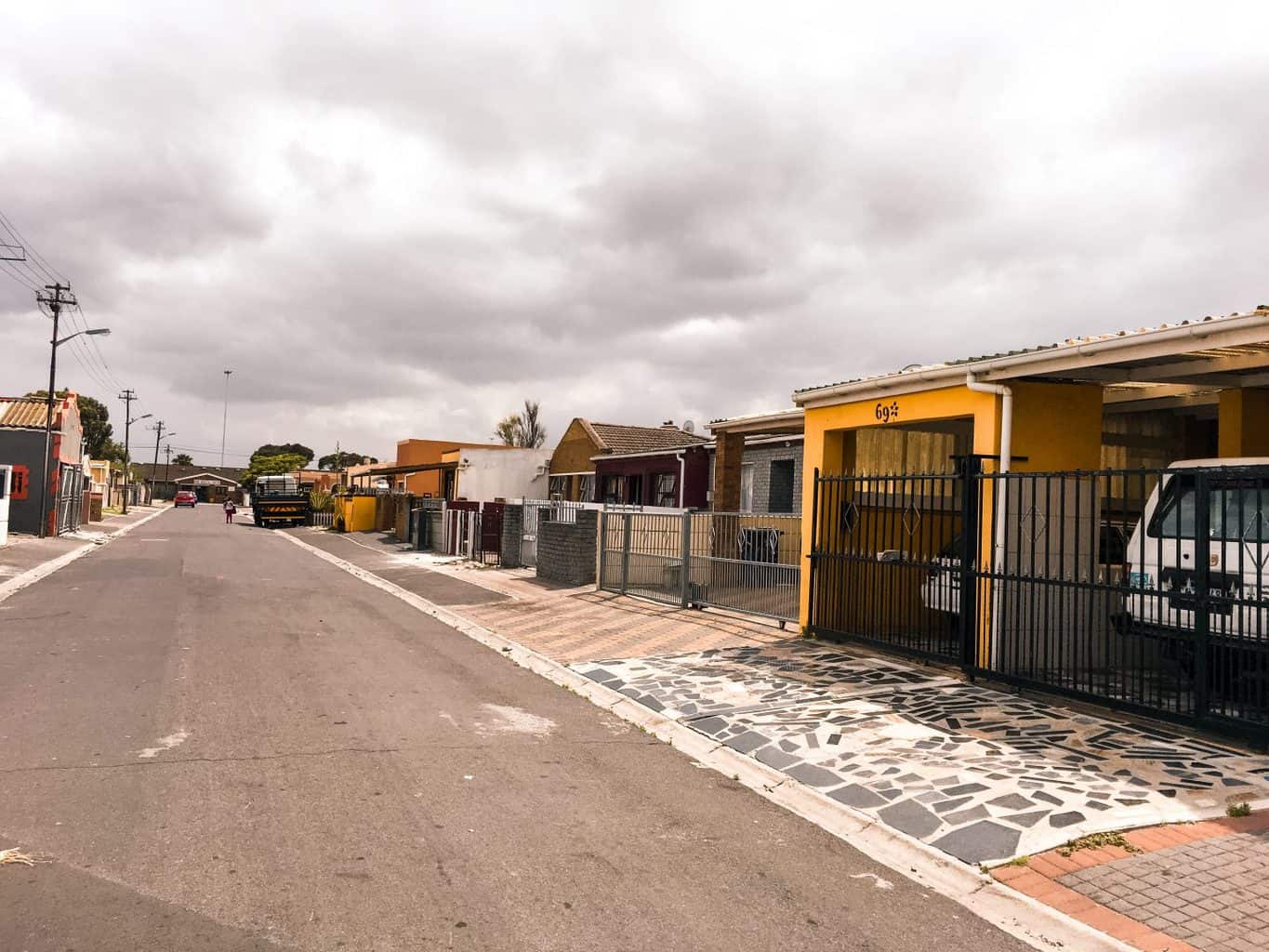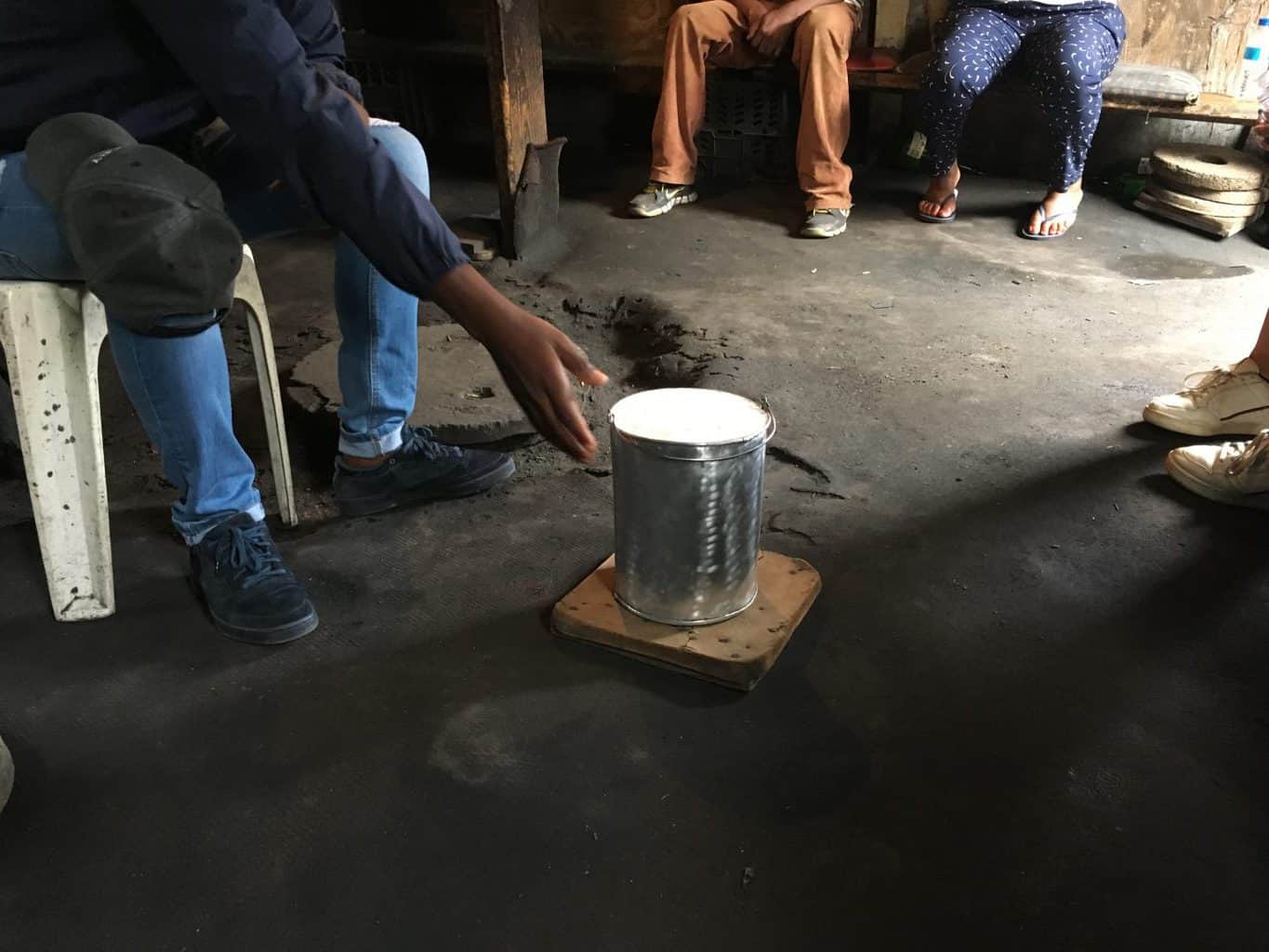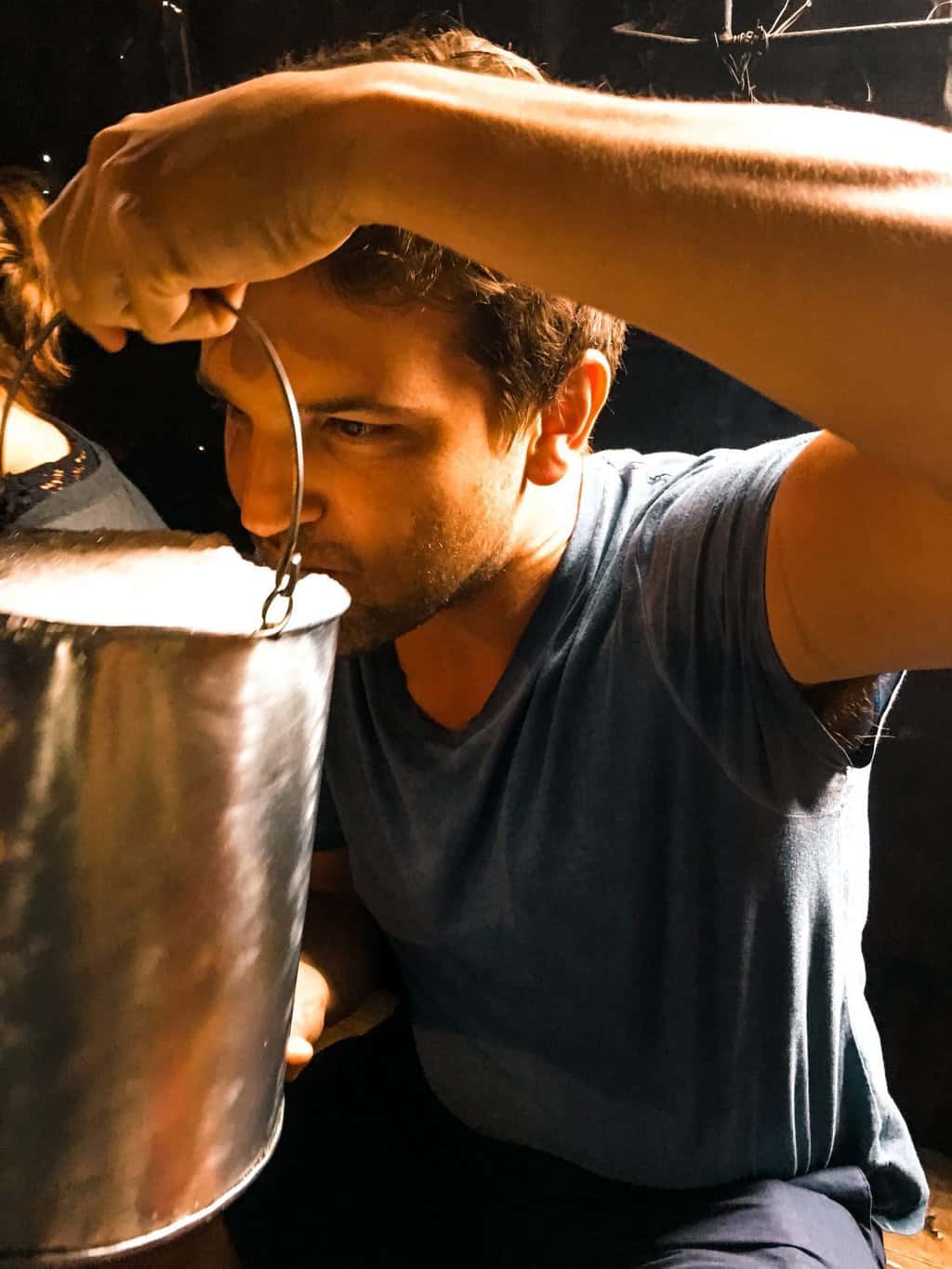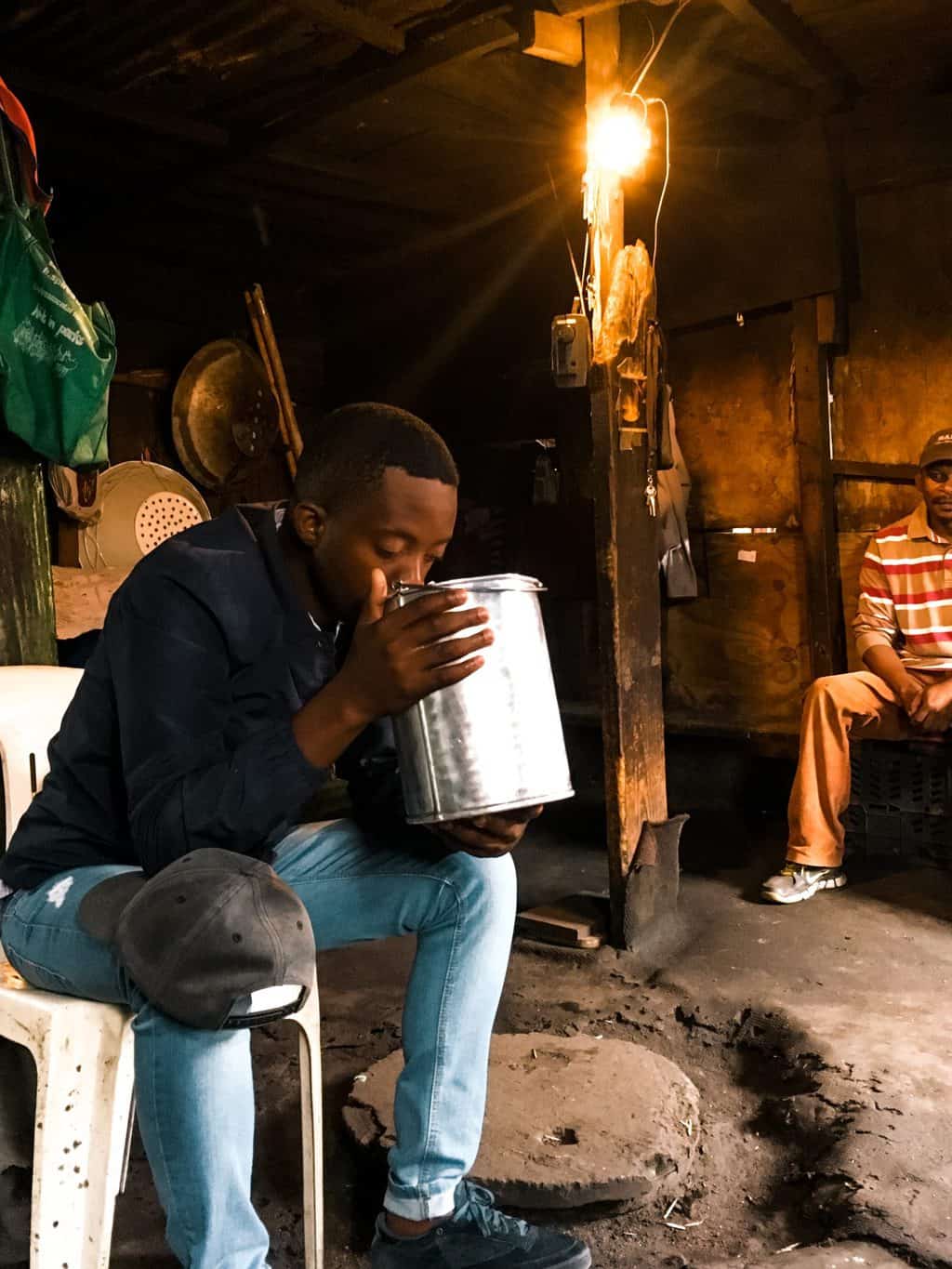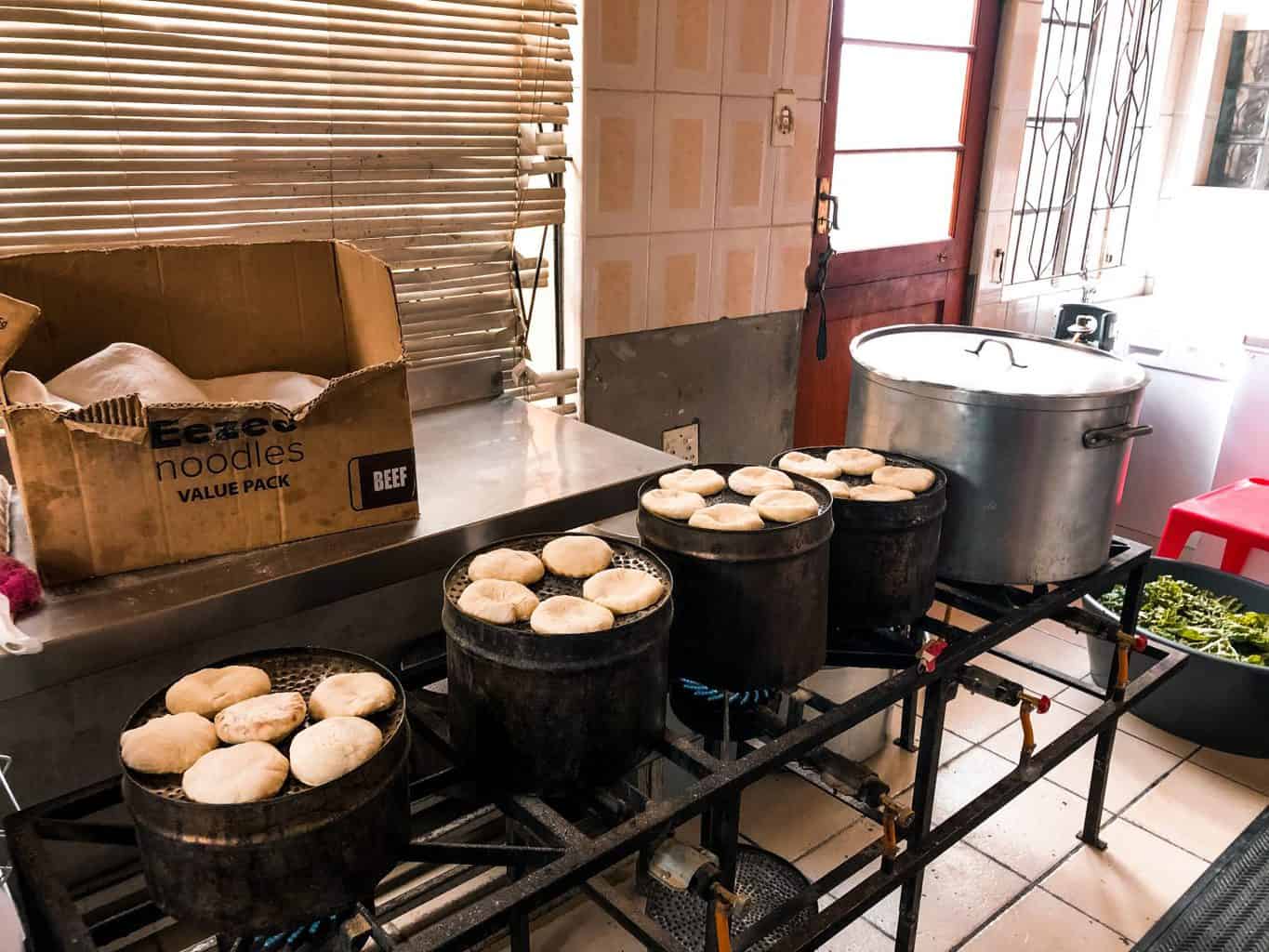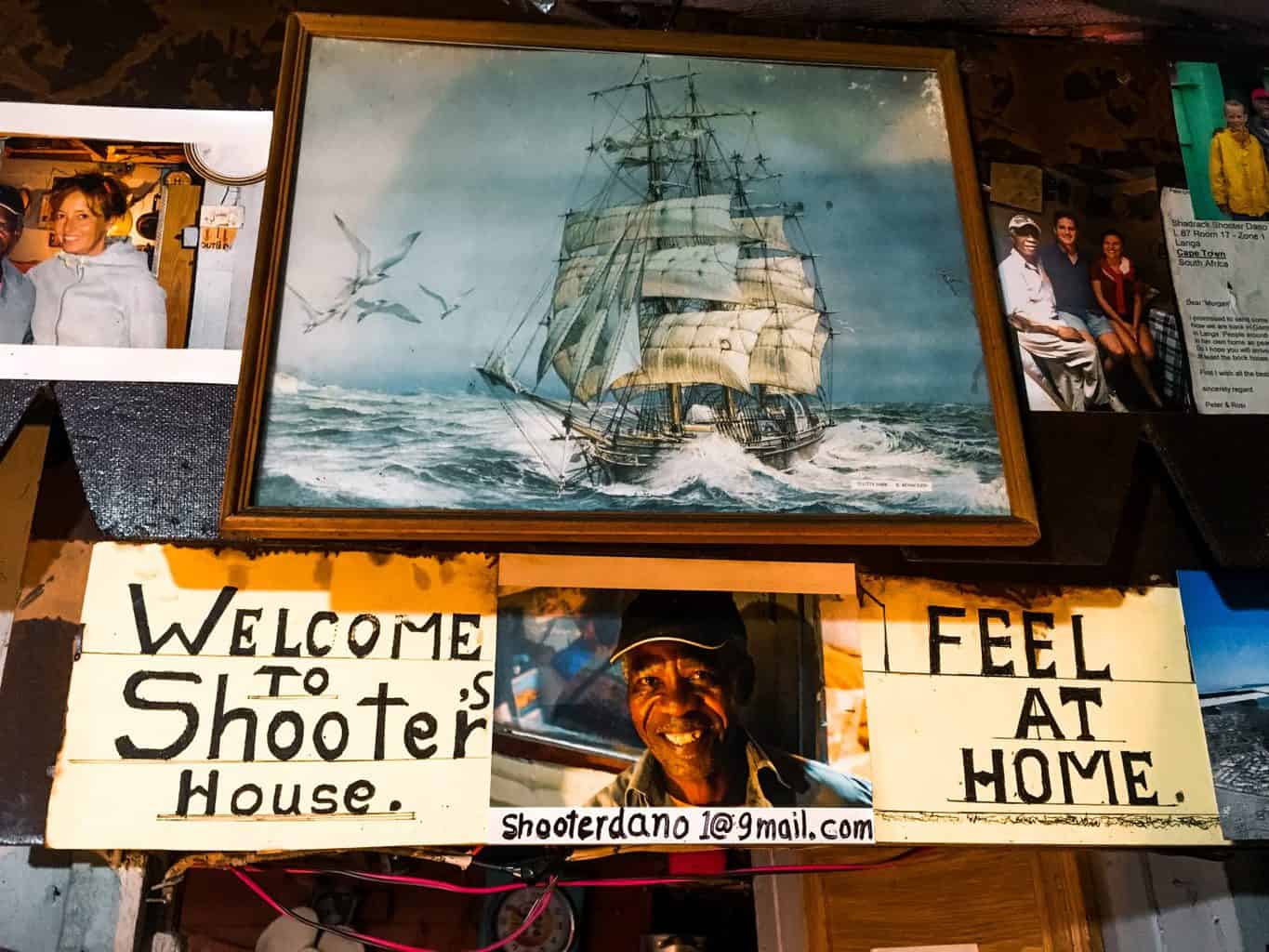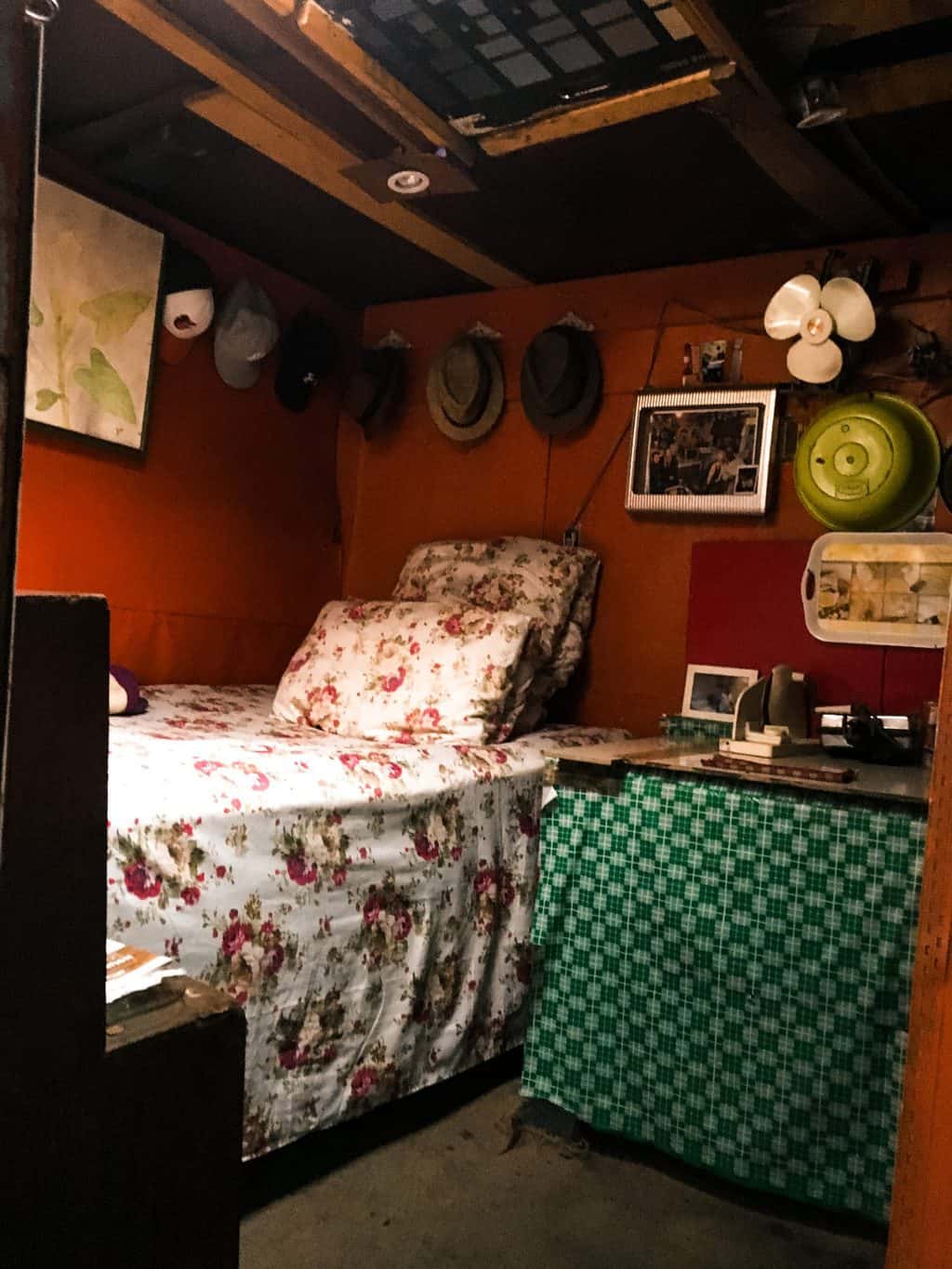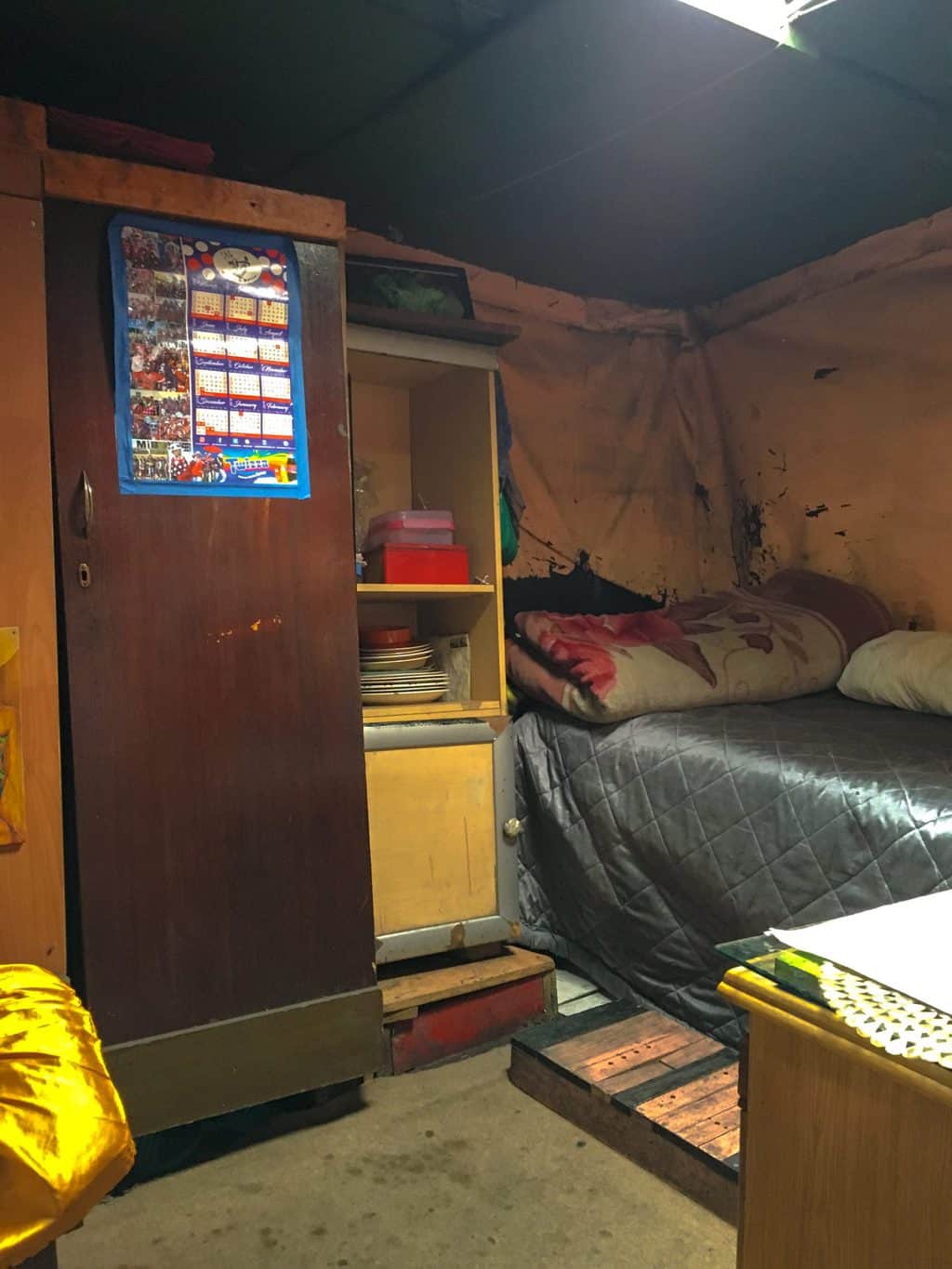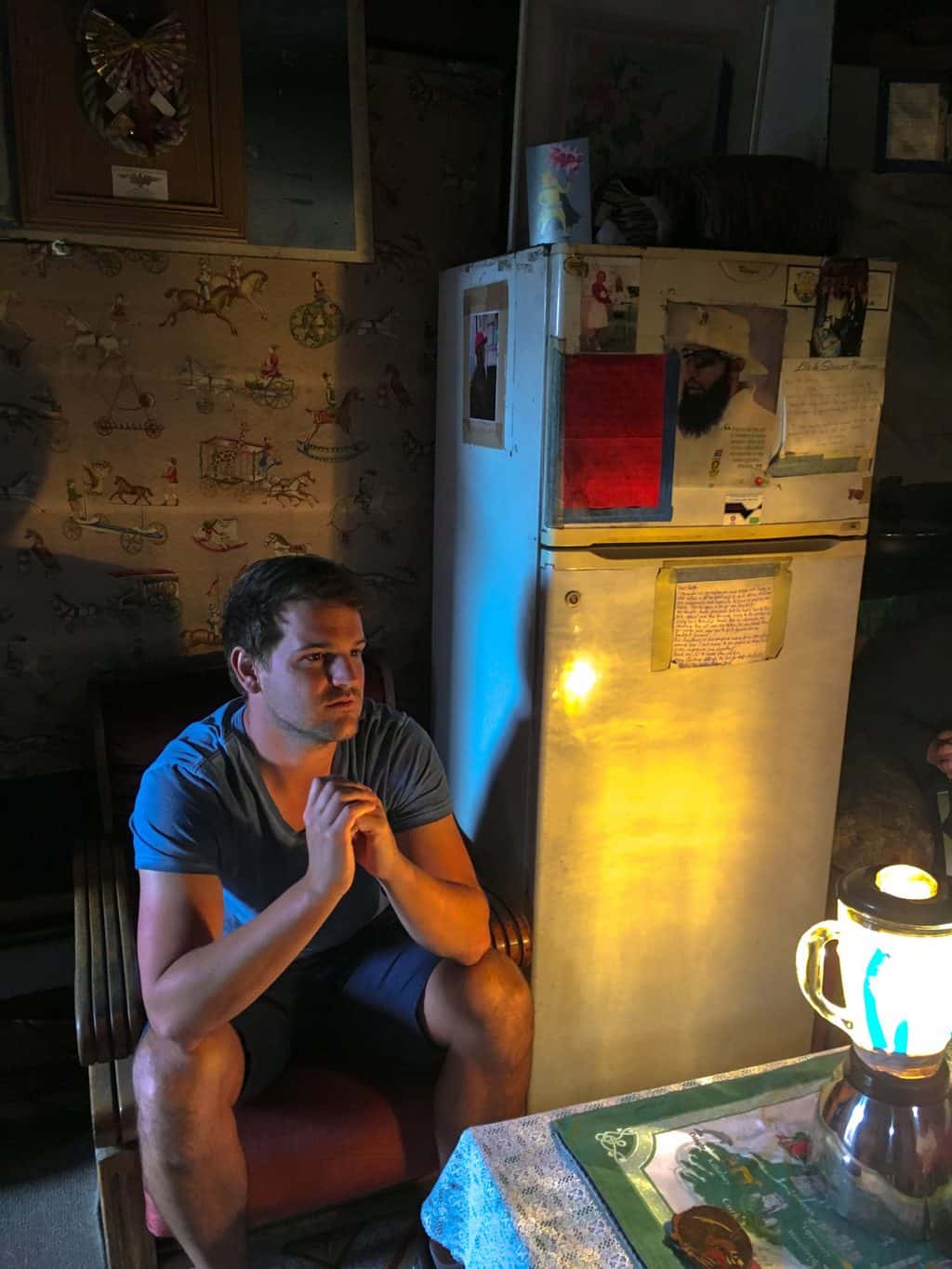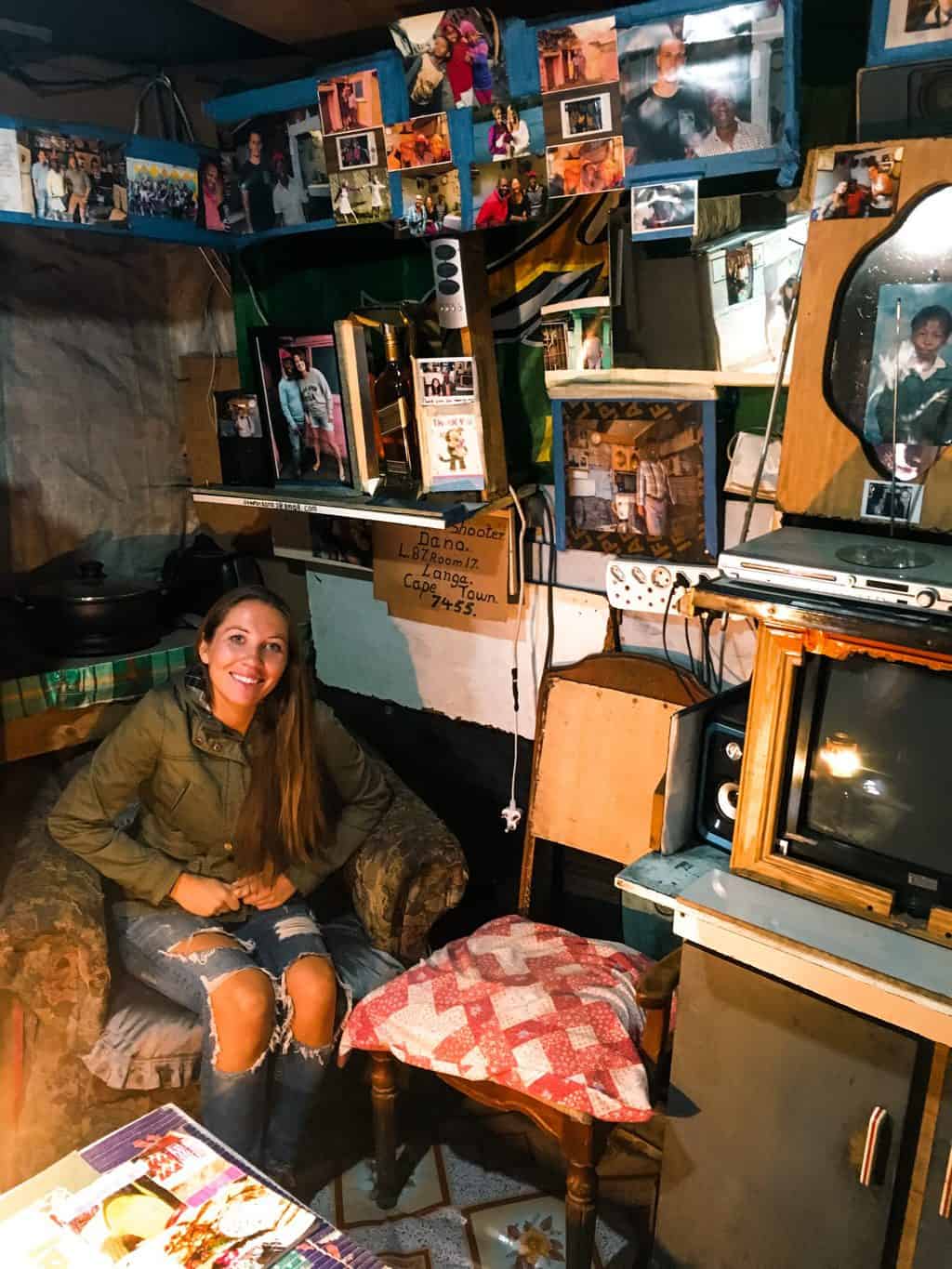A tour of Cape Town's Langa township

Before my 11-day guided tour of southern Africa, I'm emailed with a list of tour options in Cape Town. Which one would I like to do?
There's an afternoon of wine-tasting among the villas of Stellenbosch. There's a Harley Davidson tour of Cape Town, including Camps Bay beach where the models hang out. And there's a two-hour walking tour of a black township.
I hesitate over fine wines, fast motorbikes and models on beaches, before ticking the box marked 'Township'.
Langa township is 10 kilometres from the five-star hotels of Victoria and Alfred Wharf, and a million miles from the stuff that makes Cape Town one of the world's most beautiful cities. It's flat, a little bigger than Sydney's Centennial Parklands, and home to 80,000 people (the population of Launceston). It's bounded by a railway line, a busy freeway and a garbage transfer station.
Our small group of seven is greeted in the centre of Langa by resident Chippa Mngangwa. A friendly, open-faced chap with a ready smile, Chippa thanks us for visiting and tells us how to greet locals in the Xhosa language ('Mollo'). But his next statement sets me back a little.
"The people you meet during your holiday in Cape Town – all the security guards, the waiters, the maids – they live here, in a township. Each day they travel to your hotels and restaurants and earn between 250 to 300 Euros [A$400 to $485] a month. They work to survive."
Over decades of travelling in South Africa I've met lots of security guards, waiters and maids at hotels and restaurants. I try to make conversation, though the gulf between us is hard to bridge. And it suddenly strikes me: I've never got past polite chit-chat because I've never thought about their lives on a deeper level.
Our two-hour walk begins at some parklands where the grass and gum trees are wearied from Cape Town's drought. People with lots of time and nowhere to be walk with a languid gate. Cars occasionally rumble past, thudding with bass and driven by young men.
"Sixty per cent of South Africa lives in a township," says Chippa, "and only 50 per cent of those have jobs. Townships are hunting grounds for politicians. If you persuade 60 per cent of the population to vote for you, that will see you into power, perhaps even into the top job. But when politicians get power, they forget about townships."
Langa is one of the oldest of Cape Town's 13 townships, started in the 1920s as a camp for male dockworkers who it was feared would spread plague. It officially became a township under the Group Areas Act of 1948 – a pillar of Apartheid that ensured non-white Africans lived away from their workplaces, away from urban centres and far from white suburbs. Even today there is only one road in and one road out of Langa, a design legacy that ensured townships could be locked down.
Chippa talks as we walk. "Like any community, Langa has social stratification. We have areas of lower class and we have our own 'Beverley Hills'." We emerge into 'Beverly Hills', a street with bungalows of pale brick and kempt gardens. Blocks of medium density units are being built close by, with two-bedders starting at $30,000.
But around the corner, the urban scenery changes dramatically.
Upon entering a neighbourhood of shipping containers, clouds of small children blow up to Chippa. He dispenses high fives and hugs, before leading us to the door of one of the containers. The steel box is divided by a flimsy wall to create two 2mx3m dwellings. Four of us squeeze in: it contains a single mattress, a wooden seat, a fridge and an electric cooktop (a saucepan of boiling cabbage makes a familiar and glum smell). Chippa points to each in turn: "Bedroom, lounge, kitchen," he says. "This is home to six people. A mother and her five children live in here."
The mother sits outside while we inspect her dwelling. She tells me how her five children sleep on a mattress on the floor. "I have lived here since 2005." she says. "Twelve years."
One of our group puzzles for a moment. "Fourteen years," he says.
She looks up with wide eyes. "Fourteen?!" she breathes, shocked. "Ohhhh, too much."
The community has several schools but only 10 per cent can afford the fees. There's also a hospital and fee-paying clinics (many dedicated to sexual health). And a lot of churches.
As the mother re-occupies her shipping container, Chippa tells us that women run this community, driving the economy by selling stuff they make, grow and prepare. We cross into a rough quarter of shanties made from corrugated iron and black plastic sheeting. Two women are surrounded by stacks of recycled building timber which they use to make toxic-smelling fires: one woman singes all the hair from grinning sheeps' heads while the other uses plastic Steel-o to scrub the heads squeaky clean. It's a delicacy.
More remarkable are Langa's 'micro-breweries'. A wonky line of rotten shacks sit with orange drums outside. These drums are filled with beer fermented from sorghum, maize powder and water.
We duck into one of the cramped, dark spaces where an older "mama" silently goes about her work, tending half a dozen older men squatting on benches. They're friendly, but slightly stupefied from hours of consuming the 2.5 per cent brew she serves in 5-litre tins.
"This is called a shebeen," says Chippa, now sitting before a five-litre tin of his own. "These were illegal, and women who couldn't get work as maids stayed in the townships and made beer."
The tin costs A$4 and is passed around for us to try. The first taste is of the metal – followed by the sour, room-temperature beer which smacks of smoke. "These women don't get the credit they deserve," he says as the dusty wind makes the plastic sheets crackle. "Selling beer to the community means some are able to send their kids to school."
I feel perfectly safe in the township, but Chippa says it's different after dark. "The community is very peaceful in the daytime. But we go from being the best community by day to the worst at night."
In 2014 Langa accounted for 55 per cent of murders in Cape Town. With only one police station, vigilante groups are left to mete out their own law. "Community justice is much more feared," says Chippa. "It's more like social control."
If townships are a modern construct, ancient African traditions survive. Young men reaching 18 are sent out into the bush for six weeks prior to ritual circumcision. "The pain of life will be nothing to the pain being experienced," says Chippa with the wry grin of a man who has been through it. Dowry is also a big part of matrimony and while bride price is no longer paid in cows, weddings come with stratospheric costs and many young couples are saddled with horrendous debt.
At the end of the tour we repair to Langa's community arts hub, the Guga S'thebe Arts & Culture Centre. where local artists and artisans are given the means to produce their work. I buy a colourful hand-painted mug – and then return to the Cape Town that I know.
I seek out the beautiful sixth-storey bar in The Silo hotel, a stellar industrial/boho space. Perched on a barstool upholstered with topaz-coloured leather, I place my hands on the cold stone bartop and feel slightly spun out.
Barman Pule Selogilwe pours me a chilled Cape Brewing Co. Beer and asks me what I've been doing with my day.
"I've been in a township," I say.
He's taken aback. "A township?" he says. "Which one?"
I tell him and it's like a door opens.
He tells me the name of his township, it's not so far from Langa. "I've taken all my white friends there," he says. "They get to sit in a shebeen, listen to an uncle telling a few stories… Did you visit a shebeen?"
The conversation quickly becomes one of mutuality and connection. We talk about the problems of townships, the changes, the lack of change. Then his shift behind the bar ends. "It's cool you visited," he says, shaking my hand. "It's important. If you've not been to a township, you've not been to half of South Africa."
TRIP NOTES
Max Anderson was a guest of Scenic
MORE
TOUR
Siviwe Tours offer 2.5 hour tours of Langa with local guides. Costs $55 a person, including transfers from Cape Town.
The tour of Langa township is offered as part of an 11-day five-star overland tour of South Africa, Zimbabwe and Botswana, with Scenic. Costs $11,195 a person. Visit scenic.com.au/tours/southern-africa-discovery/8229

